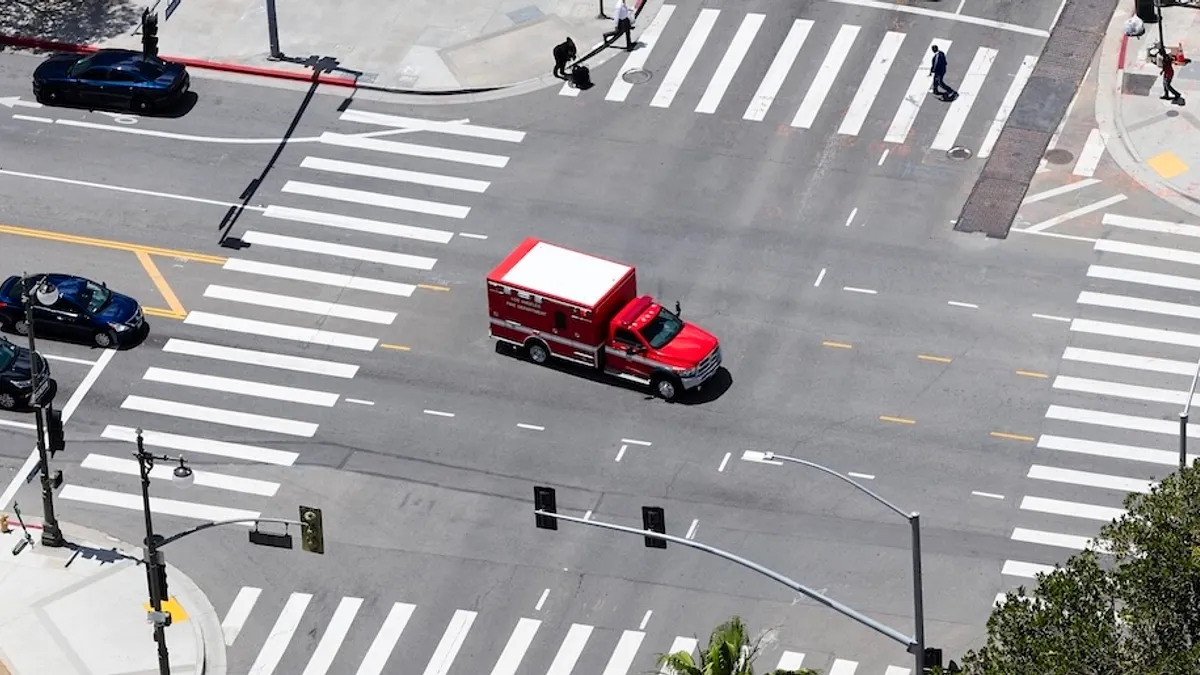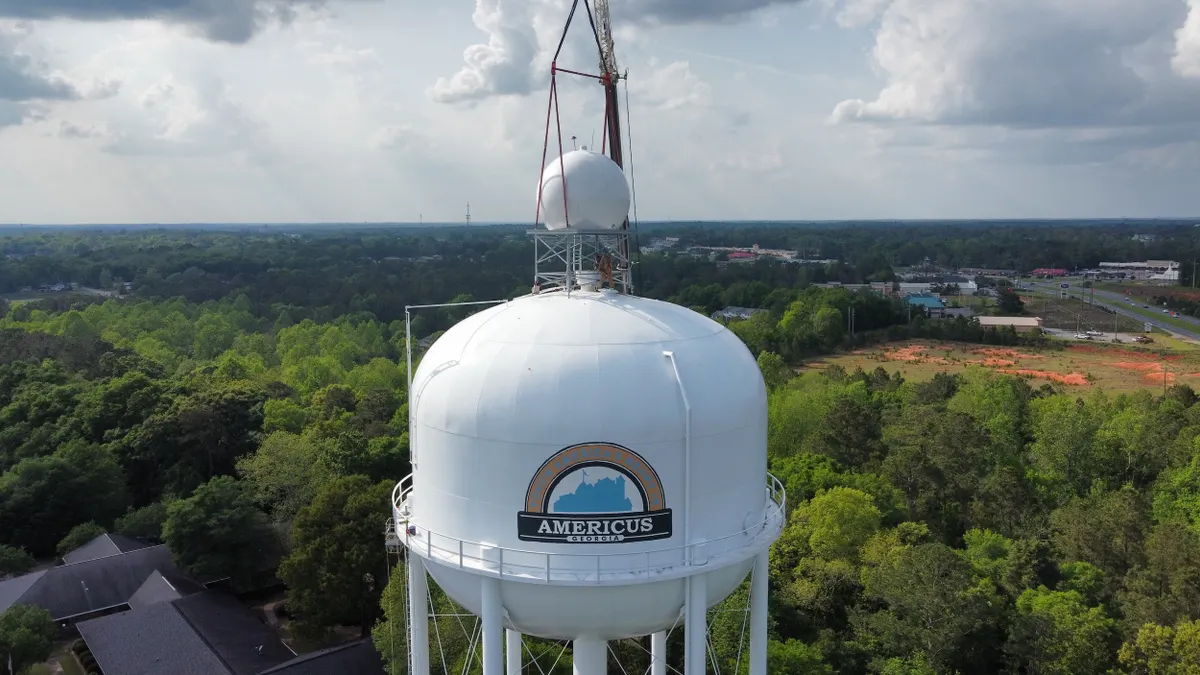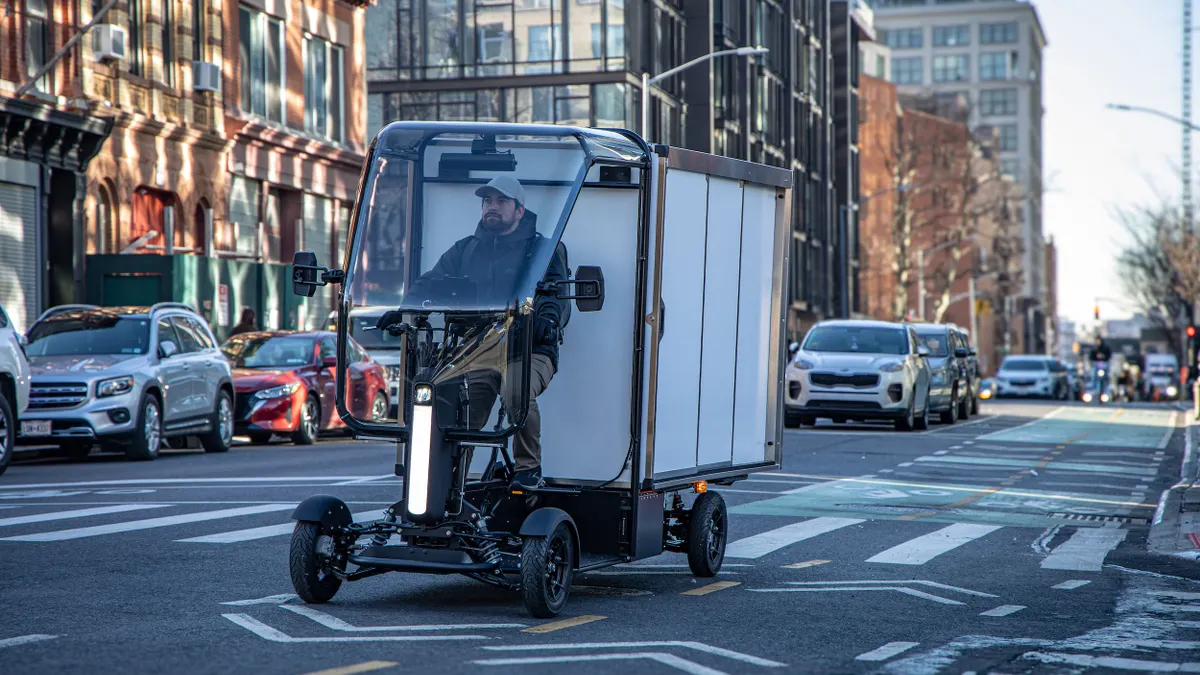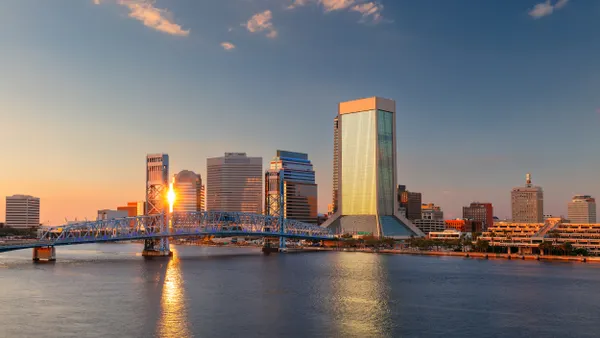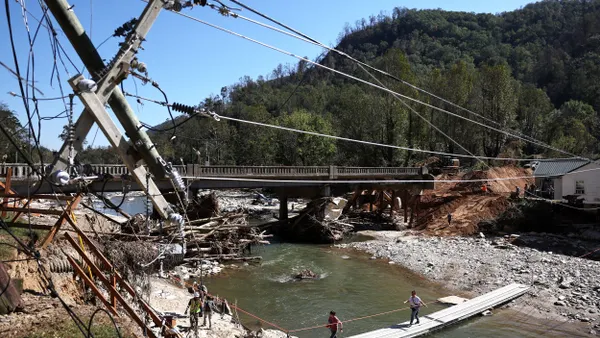The term “once-in-a-hundred-year storm” needs to be revised. Exceptionally powerful and damaging hurricanes, floods and other events just aren’t as rare as they once were. According to the National Oceanic and Atmospheric Administration’s (NOAA) National Centers for Environmental Information (NCEI), there were 27 individual weather events in 2024 that each caused at least $1 billion in damages, with the destruction costing a total of nearly $183 billion.
Damage like what we saw in 2024 is now the norm. Since 1980, the U.S. has experienced over 400 weather and climate disasters, totaling nearly $3 trillion in damages. And 2025 will be no different. A single event, the Palisades and Eaton fires that swept through Los Angeles in January, caused damages estimated between $28 billion and $53.8 billion.
There’s nothing abstract about these statistics for state and local governments, whose primary responsibility is to protect citizens and property from harm, spanning everything from wildfires and tornadoes to civil unrest. The ability to fulfill that mission depends on governments having both a robust emergency preparedness plan and the tools to execute it.
“It's the government’s fundamental responsibility to serve and protect the community, which means having the tools to quickly track and dispatch resources, maintain real-time communication and ensure the safety of employees and the public during an emergency,” said Sean McCann, area vice president, public sector for Samsara, a provider of connected operations technology to state and local governments. “That’s absolutely critical—it’s non-negotiable.”
The preparedness gap
State and local officials are unified in prioritizing emergency preparedness. Unfortunately, there is also near unanimity about the current gap between the desire to protect citizens and the ability to do so. Indeed, a recent Plan, Act, Recover: Disaster Preparedness in Physical Operations report, which surveyed 250 emergency management personnel in the US Public Sector, found that only 22% felt they were as prepared as they could be to respond to a major crisis. Another 10% admitted they were not prepared at all. The survey also made it clear that emergency response is only going to get more challenging—68% said they need to be more prepared for the increasing frequency and severity of climate-related disasters.
There are two big reasons public sector leaders and first responders feel so unprepared for the inevitable storms and emergencies heading their way. The first is a lack of real-time visibility. In fact, the Samsara survey, undertaken by independent research firm Wakefield Research, found that 84% of respondents said they have inconsistent, seldom or zero access to real-time data on the key resources they need to effectively respond to an emergency. That lack of visibility about where personnel and equipment are located means they can’t be deployed when and where they are needed most.
The second big problem: Unreliable communication. Outdated systems prevent many agencies from making real-time decisions based on true situational awareness. “If communication fails during an event, it quickly leads to operational paralysis, making coordination impossible—both across internal teams and when trying to communicate with the public,” McCann said. The survey also found that nearly 70% of respondents said their organization urgently needs to improve how they communicate with the public and service partners during a crisis
From siloed to connected
Significant improvements are within reach when governments and emergency response teams transition away from siloed and outdated communications and data-sharing systems. A connected platform enables agencies from different jurisdictions to view, share and respond to the same real-time information before, during and after a crisis.
A connected communication system is exactly what it sounds like: A digital network uniting equipment, personnel in the field and command centers so that information flows quickly. The most valuable platforms link GPS-enabled fleets, sensors, cameras and personnel locations, presenting the data on a single shared dashboard. They can also integrate with other critical systems, such as dispatch, GIS and incident management software, to provide a single source of truth that is crucial in an emergency.
Often, these connected systems replace a mixture of paper logs and radio updates that struggle to keep track of resources in real time. Without this technology, it's not unusual for crews to scribble notes describing where generators and water pumps are staged. During a hurricane or wildfire, that information becomes quickly outdated, delaying response times and wasting valuable personnel time and energy.
By contrast, a connected system allows leaders to locate a portable pump or a crew in seconds. Continuous updates also help reroute crews when roads are impassable and facilitate coordination with other agencies.
Connected systems in action
Memphis Light Gas & Water (MLGW) has seen similar benefits. The utility, which serves over 900,000 customers, used to experience long restoration delays due to communication breakdowns between field workers and headquarters.
MLGW transformed its response by integrating its operational data into ArcGIS, giving its control center a real-time, interactive view of field activity. Vehicle locations, outage reports and repair progress now appear on a single map. That means dispatchers can send the closest available technician to an outage and avoid redundancy or traffic jams.
“The economy of deploying resources during an outage and being able to deconflict our team allows us to get power back on more quickly,” said Doug McGowen, MLGW’s CEO. The system also shares visual data—connected cameras that show downed lines or damage sites—so customers understand what’s happening and how restoration is progressing.
Three essential ingredients
Here are the 3 elements of connected-communication systems:
- Resilient Infrastructure: The technology must keep working in an emergency. That means networks with automatic failover, prioritized emergency connectivity and backup power to keep data flowing if cell service or electricity fails.
- Integrated Visibility: Fully connected operations unify voice, data and location systems. Integrating data allows decisions to be made on the facts on the ground.
- People and Training: Having most advanced systems means little without well-trained teams. A proactive approach to training is essential to get the most out of a connected system.
Where to start? The first step towards connected communications is an honest assessment of risk. Agencies must identify their most serious vulnerabilities and use that insight to select technologies that can enhance coordination and communication. The challenges will vary from place to place, but the goal of elevating coordination and communication is the same everywhere.
“That’s mission-critical resilience,” McCann said.
To learn more about connected operations and disaster preparedness in the public sector, visit Samsara.

